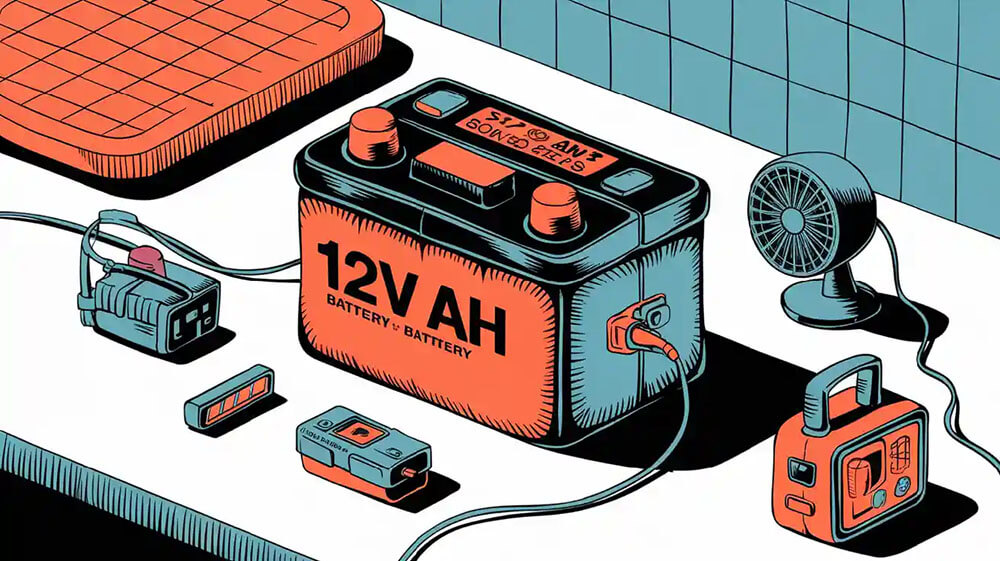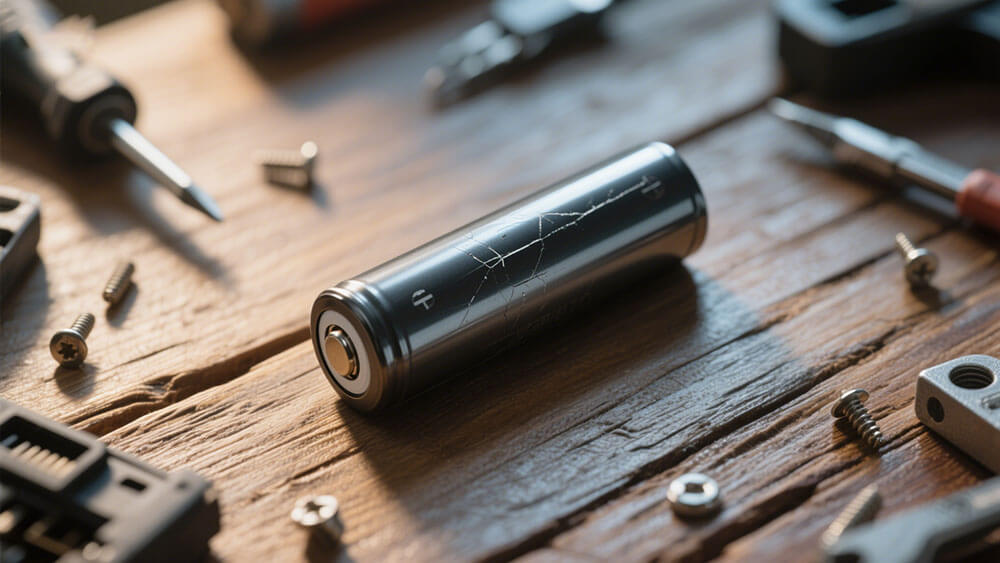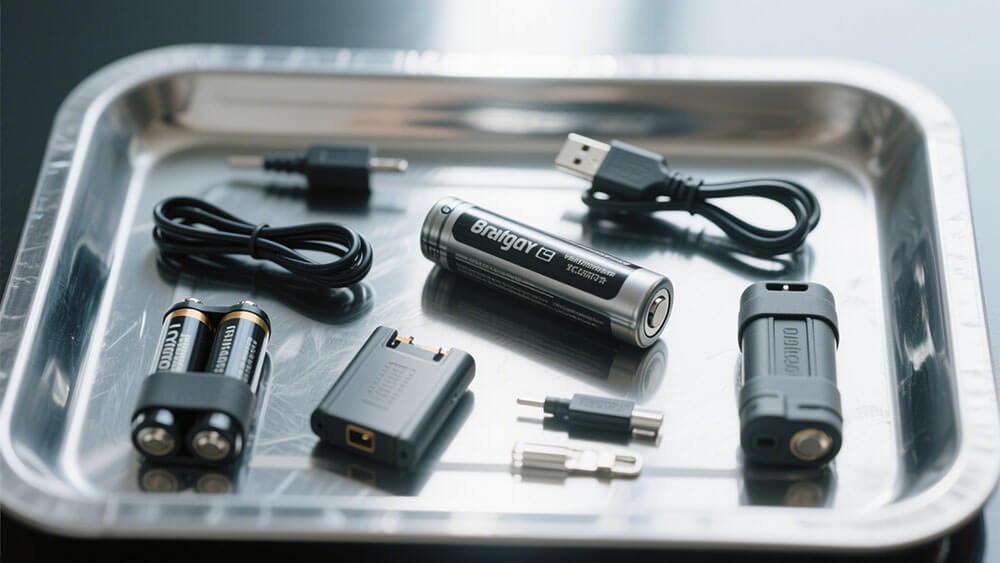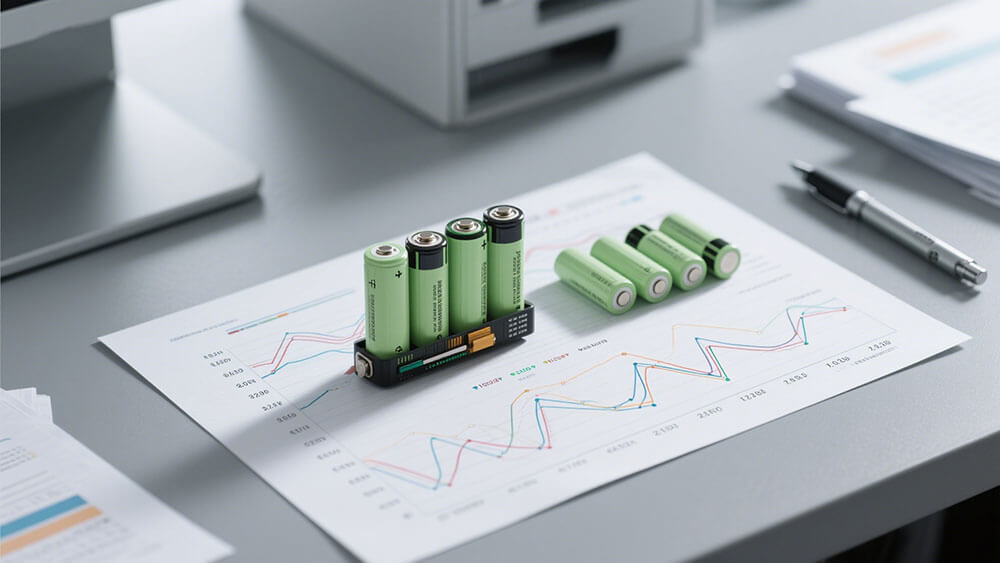
Choosing the right 12V 7Ah battery for your device is essential. A well-matched battery ensures stable performance, reliability, and long-term durability. Poor selection could lead to frequent replacements or potential damage to your system. Understanding which type of 12V 7Ah battery is right for you allows you to maximize efficiency while minimizing risks.
Key Takeaways
Picking the right 12V 7Ah battery is very important. It helps your device work well and last longer. A good battery lowers risks and needs fewer replacements.
Think about how you will use the battery. SLA batteries are cheaper and good for backups. LiFePO4 batteries work better for portable devices and solar systems.
Check if the battery fits your device and works properly. The right size and type make it safer and more efficient.
Part 1: Understanding 12V 7Ah Batteries

1.1 What is a 12V 7Ah Battery?
A 12V 7Ah battery is a compact, rechargeable power source designed to deliver 12 volts of nominal voltage and a capacity of 7 ampere-hours (Ah). This capacity indicates the battery’s ability to provide 7 amps of current for one hour or a lower current for a longer duration. These batteries are commonly available in sealed lead acid (SLA) and lithium-based chemistries, such as LiFePO4 Lithium batteries.
Key specifications include:
Specification | Value |
|---|---|
Voltage | 12V |
Amperage | 7Ah |
Dimensions | 5.95 in. x 3.70 in. x 2.56 in. |
Weight | 9.04 lbs |
Terminal Type | F1 |
Warranty | 1 year |
These batteries are versatile and used in various applications, including uninterrupted power supplies (UPSs), emergency lighting, and mobile medical devices. Their compact size and reliable performance make them ideal for both consumer electronics and industrial systems.
Tip: If your device requires a lightweight and long-lasting battery, consider lithium-based options like LiFePO4 Lithium batteries. They offer higher energy density and longer cycle life compared to SLA batteries.
1.2 Why is the 12V 7Ah Battery Widely Used?
The 12V 7Ah battery is popular due to its adaptability across multiple industries. Its compact design and consistent voltage output make it suitable for devices requiring stable power delivery. Common applications include:
Emergency lighting systems
Underwater fish finders
Hobby equipment and small toys
Invisible pet fences
Solar power systems
Lithium-based variants, such as LiFePO4 Lithium batteries, are increasingly preferred for deep-cycle applications and as replacements for traditional lead-acid batteries. These batteries offer superior performance metrics, including higher energy density, longer cycle life, and better environmental sustainability.
Specification | Value |
|---|---|
Nominal Voltage | 12.8V |
Charge Voltage | 14.4V – 14.6V |
Peak Discharge (5 Sec) | 70A |
Continuous Charge/Discharge Rate | 7A |
Note: Lithium-ion technologies, including LiFePO4, are safer and more efficient than older chemistries. They are ideal for applications requiring frequent cycling, such as robotics and infrastructure systems.
For customized solutions tailored to your specific needs, consult with experts at Large Power.
Part 2: Which Type of 12V 7Ah Battery is Right for You?

Choosing the right type of 12V 7Ah battery depends on your specific application and performance requirements. Two primary options dominate the market: Sealed Lead Acid (SLA) batteries and Lithium Iron Phosphate (LiFePO4) batteries. Each offers unique advantages tailored to different use cases.
2.1 Sealed Lead Acid (SLA) Batteries: Features and Benefits
SLA batteries are a time-tested solution for reliable power delivery. Their robust design and affordability make them a popular choice for various applications. Here are some key features and benefits:
Dependable Performance: SLA batteries provide consistent power output and have a long shelf life, making them ideal for backup systems like emergency lighting and uninterrupted power supplies (UPS).
Temperature Resilience: These batteries operate effectively in extreme temperatures, ensuring critical systems, such as emergency lighting, function during crises.
Low Maintenance: SLA batteries require minimal upkeep, which is crucial for applications like healthcare equipment where reliability is paramount.
Durability: Designed to withstand vibrations, SLA batteries are well-suited for transportation and industrial applications.
Tip: If your application involves stationary systems or environments with limited cycling, SLA batteries offer a cost-effective and reliable solution.
2.2 Lithium Iron Phosphate (LiFePO4) Batteries: Features and Benefits
LiFePO4 batteries represent the next generation of energy storage solutions. They outperform traditional SLA batteries in several key areas, making them a preferred choice for modern applications.
LiFePO4 batteries excel in longevity, with an average lifespan of 2,000 to 5,000 cycles. This durability significantly reduces replacement frequency, lowering long-term costs. Additionally, their high energy density (90-160 Wh/kg) ensures compact and lightweight designs, which are essential for portable devices. These batteries also boast a round-trip efficiency of 95-98%, minimizing energy loss during charging and discharging.
Feature | LiFePO4 | SLA |
|---|---|---|
Energy Density | 100-180 Wh/kg | 30-50 Wh/kg |
Cycle Life | 2,000 – 5,000 cycles | 400-800 cycles |
Charging Efficiency | 95-98% | 70-80% |
Depth of Discharge | Up to 100% | 50% |
Environmental Impact | Cobalt-free, recyclable | Contains lead |
LiFePO4 batteries also prioritize safety. Their stable cathode material resists thermal runaway, reducing the risk of overheating or combustion. This makes them ideal for applications requiring frequent cycling, such as robotics and renewable energy systems.
Note: LiFePO4 batteries are more environmentally friendly than SLA batteries. They lack toxic heavy metals and are recyclable, aligning with sustainability goals.
2.3 Comparing SLA and LiFePO4 Batteries for Different Applications
When deciding which type of 12V 7Ah battery is right for you, consider the specific demands of your application. Here’s a detailed comparison:
Metric | SLA (Lead Acid) | LiFePO4 (Lithium Iron Phosphate) |
|---|---|---|
Lifespan | 400-800 cycles | |
Weight | Heavier | Lighter |
Maintenance | Requires regular checks | Low maintenance |
Charging Speed | Slower | Faster |
Cost | Lower upfront cost | Higher upfront cost, lower lifetime cost |
For Backup Systems: SLA batteries are cost-effective and reliable for systems like UPS and emergency lighting, where cycling is infrequent.
For Portable Devices: LiFePO4 batteries are lighter and more efficient, making them ideal for consumer electronics and robotics.
For Renewable Energy: LiFePO4 batteries excel in solar and wind energy storage due to their high cycle life and efficiency.
For Transportation: SLA batteries handle vibrations well, but LiFePO4 batteries offer better weight-to-performance ratios for electric vehicles.
Pro Tip: While SLA batteries are budget-friendly, LiFePO4 batteries provide better long-term value due to their durability and efficiency. For custom solutions tailored to your needs, consult with experts at Large Power.
Part 3: Key Factors to Consider When Choosing a 12V 7Ah Battery

3.1 Compatibility with Your Device or System
Ensuring compatibility between your device and a 12V 7Ah battery is crucial for optimal performance. Different devices require specific battery types based on their energy demands and operational characteristics. For example, portable devices often benefit from lightweight lithium batteries, while backup systems rely on the reliability of AGM lead-acid batteries.
Type | Characteristics | Suitability for Applications |
|---|---|---|
Wet/Flooded | Liquid electrolyte, requires maintenance | General use, less portable |
Gel-Cell | Gel electrolyte, low maintenance | Portable devices, moderate energy needs |
AGM Lead-Acid | Absorbed glass mat, reliable, deep cycle capable | Backup power systems, reliable energy supply |
Lithium | Lightweight, high energy density | Portable devices, high performance applications |
When selecting a battery, evaluate your device’s energy consumption, operational environment, and cycling frequency. For high-performance applications like robotics, lithium batteries such as LiFePO4 Lithium batteries provide superior energy density and cycle life.
Tip: Consult with experts at Large Power to ensure your battery choice aligns with your device’s requirements.
3.2 Physical Dimensions and Terminal Types
Physical dimensions and terminal types play a significant role in battery selection. A mismatch in size or terminal configuration can lead to installation issues or poor connectivity. Most 12V 7Ah batteries adhere to standard dimensions and terminal types, ensuring compatibility across various devices.
Specification | Value |
|---|---|
Nominal Voltage | 12 V |
Capacity (20 hr rate) | 7Ah |
Terminals | T1 |
Length | 5.94 inches |
Width | 2.56 inches |
Height | 3.04 inches |
Before purchasing, measure the battery compartment of your device and verify the terminal type. Devices with compact designs, such as consumer electronics, often require batteries with smaller dimensions and specific terminal configurations.
Note: If you’re unsure about terminal compatibility, consult your device’s manual or reach out to Large Power for guidance.
3.3 Performance Metrics: Voltage Stability and Capacity
Performance metrics determine how well a battery meets your device’s energy needs. Voltage stability ensures consistent power delivery, while capacity defines how long the battery can sustain operation.
Key metrics to evaluate include:
Temperature Range
Cycle Life
Power Density
Battery Capacity
Battery Efficiency
Energy Density
Depth of Discharge
Battery Voltage
Charge Rate
State of Charge
Self-Discharge Rate
Metric | Description |
|---|---|
Dynamic Attribute Reliability | Ensures consistent performance under varying conditions. |
Prediction Accuracy | Demonstrates robustness in performance across different interference levels. |
For applications requiring frequent cycling, such as solar panel systems, LiFePO4 Lithium batteries excel due to their high energy density and extended lifespan.
Pro Tip: To calculate how long a 12V 7Ah battery will last, divide the battery capacity by the device’s current draw. For example, a device drawing 1 amp will run for approximately 7 hours.
3.4 Cost vs. Long-Term Value
Cost is an important factor, but long-term value often outweighs initial expenses. SLA batteries offer a lower upfront cost, making them suitable for budget-conscious buyers. However, lithium batteries provide better long-term value due to their extended lifespan and superior performance.
Metric | SLA Batteries | LiFePO4 Lithium Batteries |
|---|---|---|
Upfront Cost | Lower | Higher |
Lifespan | 400-800 cycles | 2,000+ cycles |
Maintenance | Requires regular checks | Minimal |
Investing in a LiFePO4 Lithium battery reduces replacement frequency and maintenance costs, making it ideal for applications like solar panel systems or high-performance robotics.
Tip: For tailored solutions that balance cost and performance, explore Large Power.
3.5 Environmental and Safety Considerations
Environmental impact and safety are critical when choosing a battery. Lithium batteries, including LiFePO4 Lithium batteries, are more eco-friendly than SLA batteries. They lack toxic heavy metals and are recyclable, aligning with sustainability goals.
Safety features also vary by battery type. Lithium batteries resist thermal runaway, reducing the risk of overheating or combustion. This makes them ideal for applications requiring frequent cycling, such as infrastructure systems.
Note: Learn more about sustainability efforts at Large Power.
Selecting the right 12v 7ah battery ensures your device operates efficiently, safely, and for a longer time. Understanding the differences between battery types, their applications, and key selection criteria helps you make informed decisions. For example, accurate SOC estimation prevents imbalanced charging, which could otherwise accelerate degradation.
Factor | Importance |
|---|---|
Battery Management Systems | Optimize performance and safety through SOC and SOH estimation. |
SOC Estimation | Inaccuracies can lead to imbalanced charging, accelerating degradation and compromising safety. |
RUL Estimation | Affects balancing strategies, leading to early failure of cells and reduced pack lifespan. |
By considering your specific requirements and consulting experts, you can choose a 12v 7ah battery that balances performance, safety, and longevity.
FAQ
1. What is the lifespan of a 12V 7Ah battery?
The lifespan depends on the type. SLA batteries last 400-800 cycles, while LiFePO4 batteries exceed 2,000 cycles with proper maintenance.
2. Can I use a 12V 7Ah battery for solar power systems?
Yes, it works well for solar systems. LiFePO4 batteries are ideal due to their efficiency and long cycle life.
2. How do I ensure my battery remains safe during use?
Follow manufacturer guidelines. Avoid overcharging or deep discharging. Use a compatible charger to maintain battery health.




